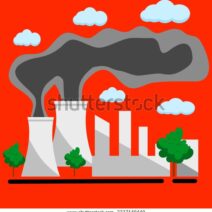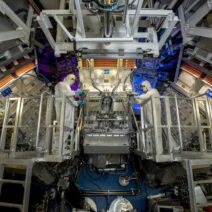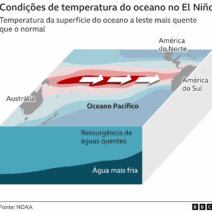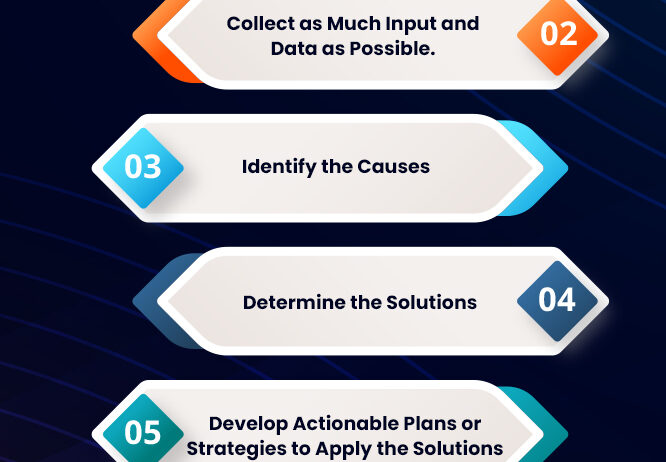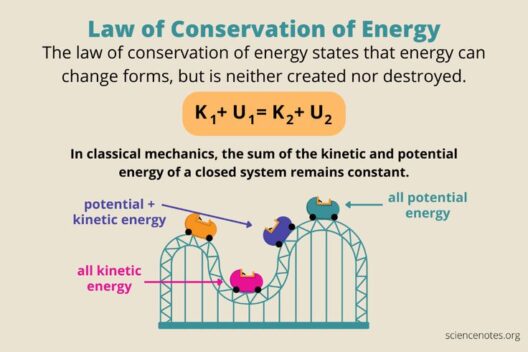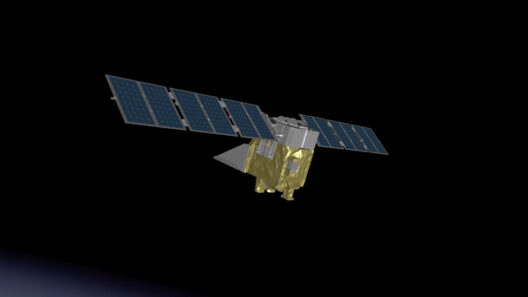Excessive carbon emissions have become a predominant factor contributing to the multifaceted challenges of climate change. The phrase “Climate Chaos” signifies the erratic patterns of weather and environmental disturbances impacting ecosystems globally. This discourse will explore the underlying reasons for the increased presence of carbon in the atmosphere, examining industrial practices, transport systems, and agricultural methodologies that contribute to this pressing issue. Furthermore, we will delve into the socioeconomic paradigms that underpin these practices, revealing that the root cause is intricately linked to human behavior and systemic frameworks.
The initial step in understanding excess carbon begins with recognizing the carbon cycle. In its natural state, carbon exists in a delicate balance, circulating between the atmosphere, oceans, vegetation, and soil. However, anthropogenic activities have considerably disrupted this equilibrium. The massive release of carbon dioxide (CO2) and methane (CH4) primarily stems from the burning of fossil fuels, industrial production, and deforestation. Fossil fuels—coal, oil, and natural gas—are the main culprits, releasing long-stored carbon when used for energy. This transition from stored energy in geological repositories to atmospheric emissions exemplifies a gross mismanagement of natural resources.
Moreover, industrialization has exponentially increased carbon footprints. Factories emitting greenhouse gases during production processes contribute significantly to air pollution and climate instability. The manufacturing sector, particularly in developing economies, sees unregulated emissions as a direct result of prioritizing economic growth over environmental stewardship. This duality reveals not only a moral dilemma but also an economic incentive that fuels disproportionate carbon emissions.
Transportation is another pivotal sector exacerbating carbon overload in the atmosphere. The modernization of societies has led to increased reliance on vehicles powered by fossil fuels, facilitating suburban expansion and global connectivity. However, this convenience comes with an exorbitant environmental cost. The transportation sector alone accounts for a substantial portion of global CO2 emissions. The reliance on combustion-engine vehicles perpetuates carbon excess, as does air travel. Despite advancements in fuel efficiency, the sheer volume of vehicles perpetuates a cycle of reliance on fossil fuels that beckons innovative solutions.
Agricultural practices represent another substantial source of excess carbon. The intensive farming methods prevalent in modern agriculture unleash significant quantities of greenhouse gases, primarily from soil disturbances and livestock management. Synthetic fertilizers, while enhancing crop yields, release nitrous oxide—another potent greenhouse gas. The livestock industry is also a noteworthy contributor, with methane produced during enteric fermentation among ruminants. Such practices underscore a critical intersection where dietary choices, sustainability, and carbon emissions collide. To address climate chaos, a paradigm shift in agricultural practices towards more sustainable methodologies is essential.
The socioeconomic dynamics intertwining with these practices evoke a broader conversation regarding consumer habits and corporate accountability. Our current lifestyle, driven by convenience and consumption, further exacerbates the carbon dilemma. Consumerism encourages a culture of disposability, where products are designed with planned obsolescence, leading to excessive waste and emissions. The ambition for profit often supersedes environmental responsibility, creating a complicit loop where industries thrive while the planet suffers.
Moreover, the policies governing carbon emissions often lack the rigor necessary for meaningful impact. In many regions, guidelines are insufficient, allowing industries to circumvent regulations through loopholes and inadequate enforcement. A lack of incentives for sustainable practices further widens the gulf between current practices and necessary reforms. In this way, systemic failures at multiple levels—from corporate governance to individual accountability—feed into the cycle of carbon excess necessitating reform.
The consequences of excess carbon emissions are starkly evident. Climate change manifests in extreme weather events, rising sea levels, altered ecosystems, and agricultural instability. The phenomenon of climate refugees may soon become commonplace as entire communities relocate due to uninhabitable living conditions, leading to social and political unrest. Biodiversity loss, fueled by climate chaos, threatens not only ecosystems but also human survival by destabilizing food sources and natural resources.
Transitioning to a low-carbon economy requires multifaceted interventions. Governments, corporations, and individuals must recalibrate their priorities towards sustainability. Investment in renewable energy sources, such as solar, wind, and geothermal, presents a viable pathway to mitigate excessive carbon emissions. Encouraging industries to adopt cleaner technologies can significantly reduce their carbon footprints while fostering innovation. Furthermore, implementing carbon pricing mechanisms can incentivize businesses to decrease their reliance on fossil fuels and encourage a shift toward sustainable practices.
Education and public awareness play crucial roles in this transition. Individuals can make informed choices regarding their consumption habits, opting for products that prioritize sustainability. Transitioning towards plant-based diets is an impactful change that can reduce livestock-driven emissions. Moreover, advocating for policies that promote eco-friendly transportation methods—public transit, cycling, and alternative fuels—contributes to lowering carbon emissions.
In conclusion, tackling the excess carbon that drives climate chaos necessitates a layered understanding of its root causes. The convergence of industrial emissions, transportation reliance, agricultural practices, and consumer behaviors culminates in a complex web of challenges that require concerted efforts to unravel. systemic transformations facilitated through education, policy reform, and individual agency can redirect the course towards a sustainable future. Addressing these foundational issues is not merely an environmental obligation but an imperative for human survival on a planet increasingly defined by climate chaos.
